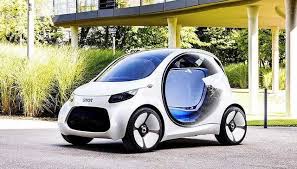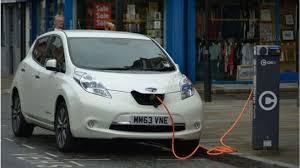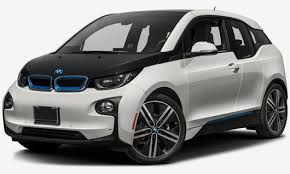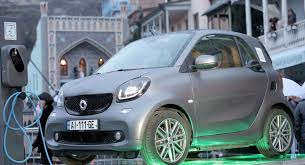Plug-in-hybrids — “enabling technology” for the transition to electric vehicles
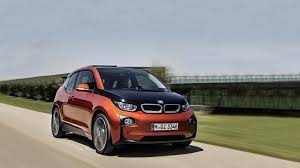 Many consider plug-in hybrids to be a transitional stage between cars with internal combustion engines and fully electric cars, but automakers are bringing new plug-in hybrid models to the market, promising even greater efficiency, improved power reserve and more diverse automotive platforms (including SUVs).
Many consider plug-in hybrids to be a transitional stage between cars with internal combustion engines and fully electric cars, but automakers are bringing new plug-in hybrid models to the market, promising even greater efficiency, improved power reserve and more diverse automotive platforms (including SUVs).
The key difference between fully electric cars and hybrid and plug-in hybrid models is the presence of an internal combustion engine. Fully electric cars are driven only by batteries and electric motors and usually have a power reserve of 150-500 km. Plug-in hybrids have a smaller battery capacity, which usually provides a power reserve on one charge of 30-80 km, and a gasoline internal combustion engine that adds another 500 — 800 km of power reserve.
Until 2018, the market was split roughly 50/50 between hybrid and all-electric vehicles. However, in 2018, the market has shifted to 66% in the direction of electric vehicles and 34% in the direction of hybrids.
The growth of the electric car market was huge and entirely driven by the Tesla automaker. Sales of electric vehicles by all other companies actually decreased, falling to the level of 2015. Plug-in hybrids, on the other hand, demonstrate a steady growth of the market.
Some consider plug-in hybrids a “transitional stage”, a step on the way to fully electric cars. It may be better to think of them as “enabling technology” that encourages more consumers (and fleets) to move from petrol and diesel vehicles to environmentally friendly transport options.
Plug-in hybrids relieve their owners of worry about the power reserve and a place where you can replenish the energy reserve. As the electric vehicle market has become available not only to wealthy homeowners, but also to apartment residents who do not have a private Parking space, plug-in hybrids have become more attractive to those who travel long distances or use them at the box office.
Plug-in hybrids can also be useful in the form of pickups, SUVs and minivans. Plug-in hybrids have less battery capacity than electric vehicles, so they weigh less and cost less.
Many argue that plug-in hybrids never catch up with the environmental benefits of fully electric vehicles, but research Nicholas & Plötz showed that plug-in hybrids with a power reserve of pure electric range of 65 km (for example, the Chevrolet Volt, the first generation) is 75% more likely to drive on electricity than on gasoline.
Owners of multiple vehicles drive on pure electric power on plug-in hybrids almost as much as on fully electric cars (45% vs. 43%) without worrying about the power reserve.
Note that plug-hybrids with a lower power reserve on a clean electric, for example, less than 50 km, are less energy efficient than plug-hybrids with an electric power reserve of 65 km or more — they pass shorter distances on a clean electric, requiring charging or refueling.
National authorities can only encourage the purchase of plug-in hybrids if their net electric range is more than 65 km, and electric vehicles can be encouraged with a single charge power reserve of 320 km. This can be done by providing easy access to charging infrastructure, especially at home and at work; by developing electric vehicles with sufficient power reserve to move around the city and beyond.
